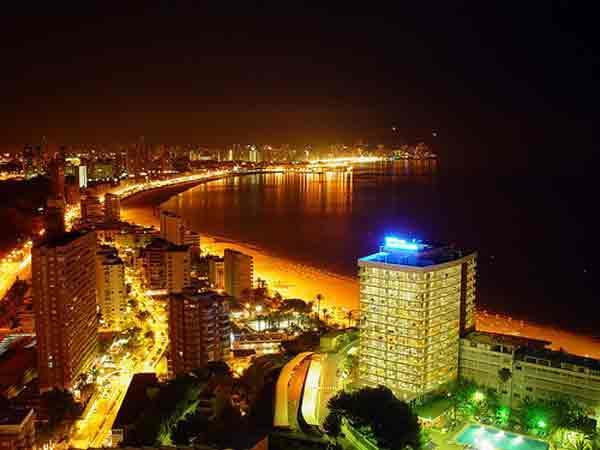Benidorm, Comunidade Valenciana, Spain
Suggest Place to Visit
8746
Track to location with GPS |
 |
Beginnings and first Puebla Letter
Extension of Benidorm in 1859
In the municipal term Iberian and Roman remains have been found. Apparently, at the time of the Reconquest there was an Arab farmhouse in the Partida de Lliriets; In any case, the population would be of little importance, since the name of Benidorm does not appear in the Llibre del Feyts of Jaime I of Aragón, who conquered this part of the province of Alicante around the year 1245. The lands of Benidorm, as well that most of the rest of the region, were granted to Admiral Bernardo de Sarriá. This important feudal lord can be considered as the true founder of the city, by granting the Puebla Charter to Benidorm on May 8, 1325, creating the castle and the town. The function of this document consisted of marking the limits of the term of the new population (which was thus administratively separated from the barony of Polop), as well as trying to attract the establishment exclusively of Christian families. Strategically, the origin of the town (as well as that of other coastal towns such as Villajoyosa) was due to the prevailing fear at that time of the higher number of Moors existing in the area, and their possible alliances with their religious brothers of the Kingdom from Granada and North Africa. In 1335 the Infante Pedro de Aragón y de Anjou was the territorial lord, followed by his son Alfonso de Aragón and de Foix. Later, Benidorm passed into the hands of the counts of Denia, returned to the crown, and finally the latter sold the term to the noble Ruy Díaz de Mendoza, as the monarch's financial difficulties due to war conflicts forced him to part with many of his lordships .
View of Benidorm
The population suffered two terrible Berber pirate attacks, the first around 1410 and the second in 1448, which devastated the town and the castle. Specifically, in the attack of 1448, the pirates took most of the inhabitants of Benidorm into slavery, which caused the place to be depopulated.
During the sixteenth century the castle was expanded and repaired, but the urban village, which had returned to the barony of Polop, was apparently almost completely depopulated.
The second Puebla Charter and fishing activity [edit]
The improvement of the defensive constructions and the establishment, from 1666, of a ditch that could bring water from the interior of the region allowed to attract new settlers to the place. In 1701, by aristocratic initiative, a new Population Charter was granted to the town, which thus became municipally independent again.
In 1715 the population had around 216 residents, a figure that increased to 2,700 at the end of the 18th century. This strong demographic expansion could be carried out thanks, essentially, to an important fishing activity based on trap fishing (fishing for tuna during its migration journey, through a fence of nets), in which its inhabitants specialized with great fortune.
In the war of independence, Napoleonic troops desecrated the cemetery and destroyed the castle.
The tourist boom and the growth of the city [edit]
Benidorm seen from La Cruz
During the 19th century, growth continued and timid tourist adventures began, such as the inauguration of the Virgen del Sufragio Spa. Although communications with Alicante and Madrid improved in subsequent years, the other local economic sectors were not going through a good time, as the merchant marine was in crisis with the loss of the last overseas colonies in 1898 (Cuba, Puerto Rico and Philippines) and shortly after the boom in vine agriculture (wine and raisins) was ruined with the arrival of phylloxera at the beginning of the 20th century. This economic slowdown was combined with a certain emigration towards Cuba, the maritime district of Barcelona and the coast of Cádiz.
Benidorm Town Hall
During these years, the port was enlarged and, in 1925, the construction of the first villas on Levante Beach. After the Civil War, little by little socio-economic activities recovered, with fishing (again) as the most prominent productive branch. However, in the 1950s, steps were taken to produce a true transformation. On the one hand, in 1952, the most important Almadraba was closed due to poor catching performance, something traumatic for many families. However, on the other hand, in 1956 the City Council approved the town's urban planning in order to create a city conceived for tourist leisure, based on well-laid streets and wide avenues following the configuration of the beaches. From then on, there was a strong shift from traditional activities (fishing and agriculture) to the service sector caused by tourism, which has since become the basis of the city's prosperity. Spanish tourism began to share the space with visitors from other parts of Europe, first arriving with their vehicles and then, with the entry into operation of the Altet airport in 1967, arriving on charter flights. Currently, Benidorm is one of the first tourist cities on the entire Mediterranean coast.
You can access this town by road, through the N-332 and the AP-7 motorway. In addition, it also has several stops and a station of the Alicante Metropolitan TRAM in its municipal area. It has a privileged situation that has endowed it with a special microclimate, sweet and mild winters and summers tempered by the sea breeze, which allow the enjoyment of a nature that has been wisely combined with the emergence of a modern and comfortable city.
Its particular geographical configuration makes the mountains that surround it: the Sierra Helada Natural Park, to the East; Sierra Cortina and Puig Campana to the north and Tossal de la Cala to the west, protect it from the action of winds that could alter its pleasant weather. A good part of the initial attractions of Benidorm were due to its location, on the Mediterranean coast, facing a beautiful bay, divided in two by the rocky point of the old castle and facing south, while the rest of the cardinal points found the protection of many other mountain ranges that protect it from the prevailing winds of the Levant or the cold from the North, with which the microclimate that is enjoyed, especially in spring, winter and autumn, is extremely benign, with temperatures significantly higher than in the rest of the coastline and with sea water within limits that allow bathing at all times.
The attraction of Benidorm lies in its three beaches endowed with the blue flag, the highest distinction awarded by the European Union. These three beaches are: Levante, Poniente and Mal Pas, to which is added the small cove of Tío Chimo. Also for a lively and varied nightlife.
Monuments and places of interest
Punta del Cavall Tower. Declared a Site of Cultural Interest. It is located in Punta de les Caletes or Punta del Cavall, the tower is also known as de les Caletes (Torre de les Caletes). It is included within the Sierra Helada Natural Park.
Tossal de la Cala. (3rd - 1st centuries BC). It is a late Iberian settlement that is part of the activity of the Benidorm area as a commercial exchange point and a landing stage used since ancient times.
The Viewpoint of Punta del Canfali. The fortress that served as a defense against the incursions of Algerian and Berber pirates in the 14th, 15th and 16th centuries stood on the large rock that divides the two beaches. Later the Castle was abandoned, and today only some remains of the walls remain, which remain lying on the rocks of the viewpoint, also known as the Mediterranean balcony.
Church of San Jaime and Santa Ana. It is located in the upper part of the old town, on top of the Canfali hill. It was built between 1740 and 1780 after the discovery of the Virgen del Sufragio, patron saint of Benidorm.
Parties and celebrations
Major patronal festivals
Benidorm is a city where parties take on a special role. The Major Patron Festivities, in honor of the Virgen del Sufragio and San Jaime Apóstol begin on the eve of the second Sunday of November and conclude the following Wednesday, 5 days in which the people of Benidorm pay tribute to their patron, the greatest representatives of these The festivities are the Queens and Ladies for children and adults who give themselves to the Virgin for a whole year. There are also young and not so young people who are twinned in the festive clubs, making these parties the most important of all those celebrated in Benidorm. There are a large number of clubs, all controlled by the Association of Supporters Clubs ´´Virgen del Sufragio´´. The clubs get together to spend the festivities in locals with their friends and participate in the offerings, processions and other events organized by the Commission for Major Patron Festivities. Tradition makes the peñas take names mostly in Valencian referring to typical phrases, or typical elements of Benidorm.
Other parties.
Apart from the festivities already mentioned, many more festivities are held in Benidorm throughout the year, which is an important attraction for those who visit this Mediterranean city. Fallas are held in March, Bonfires of San Juan in June and, in October, Moors and Christians. It also has festive associations called peñas or Cávalas that celebrate other festivals such as: El Rocío, San Antonio, San Isidro, El Carmen, festivity of Castilla la Mancha, Asturias ...
Celebrations
One of the events that made Benidorm famous is the annual celebration, since 1954, of the Benidorm International Song Festival, although the festival has fallen into decline and has received many criticisms for its continuous changes (in 2005 it was held in a closed pavilion) and its continuity is more than doubtful (it has not been held since 2006).
Theme and amusement parks
Among the wide range of leisure activities available in Benidorm, its theme parks and attractions stand out:
Terra Mítica: One of the great theme parks in Spain, it is based on the different civilizations that inhabited the Mediterranean.
Aqualandia: Water park (slides, rapids ...).
Mundomar: Animal observation park.
Comments
We don´t have yet any comments about:
Benidorm
Benidorm
Be the first to leave a comment as it is very important to inform other people
Outros locais a visitar
Within a radius of 20 km from:Benidorm
Mundomar |
| 1,0 Km |
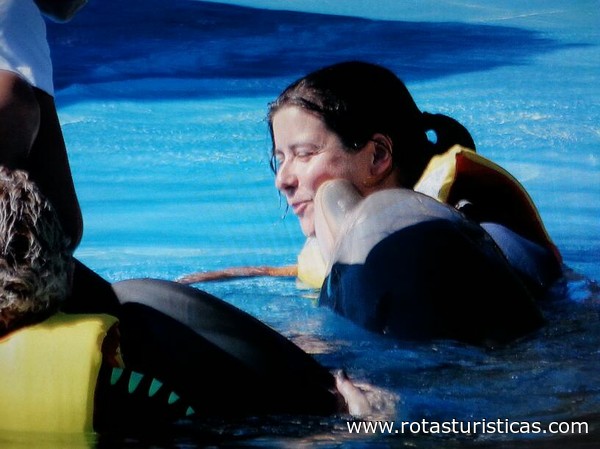 |
Aqualandia |
| 1,0 Km |
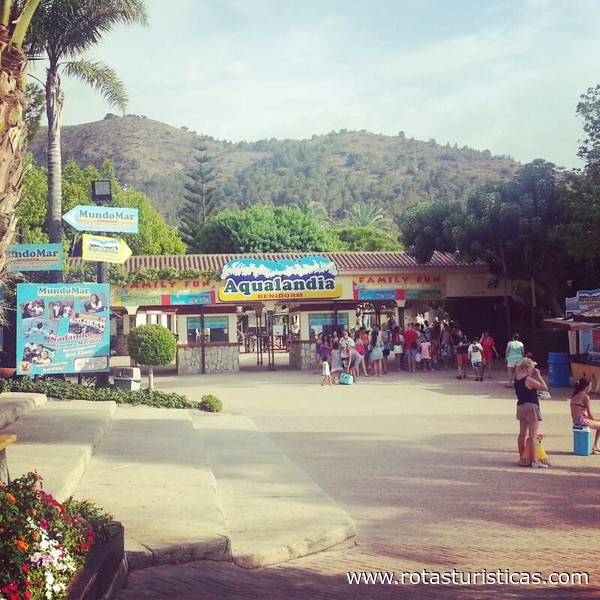 |
Church of San Jaime |
| 3,8 Km |
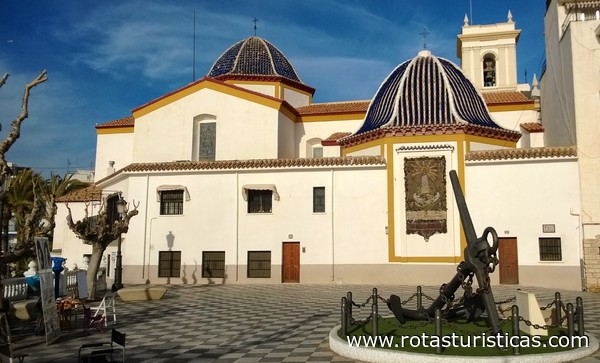 |
Cap Blanch |
| 5,2 Km |
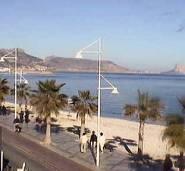 |
Altea |
| 8,3 Km |
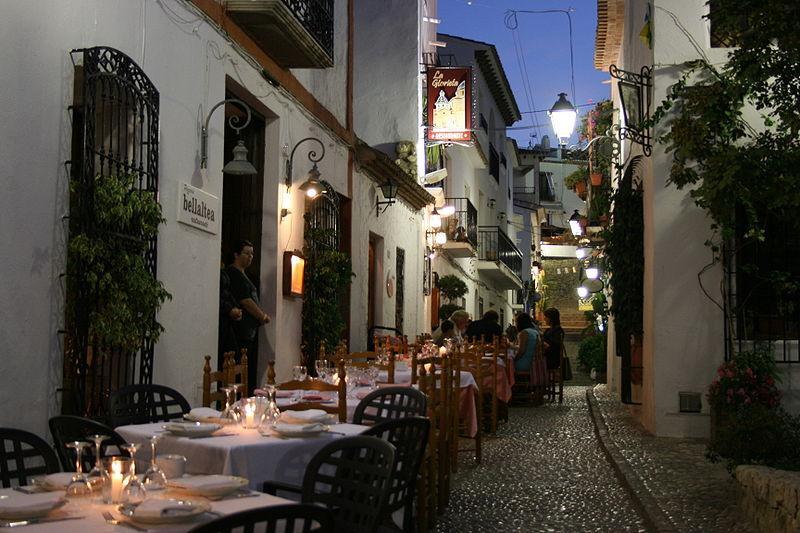 |
Finestrat |
| 13,9 Km |
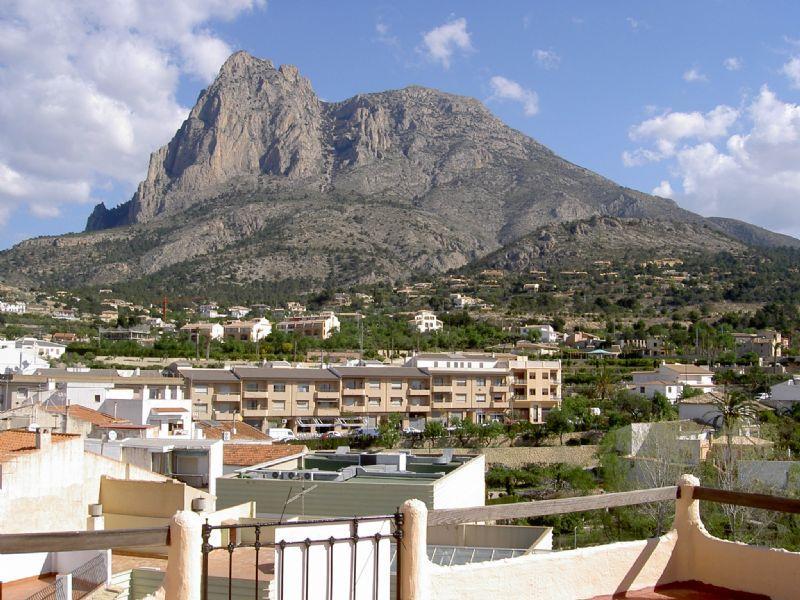 |
Calpe city |
| 17,0 Km |
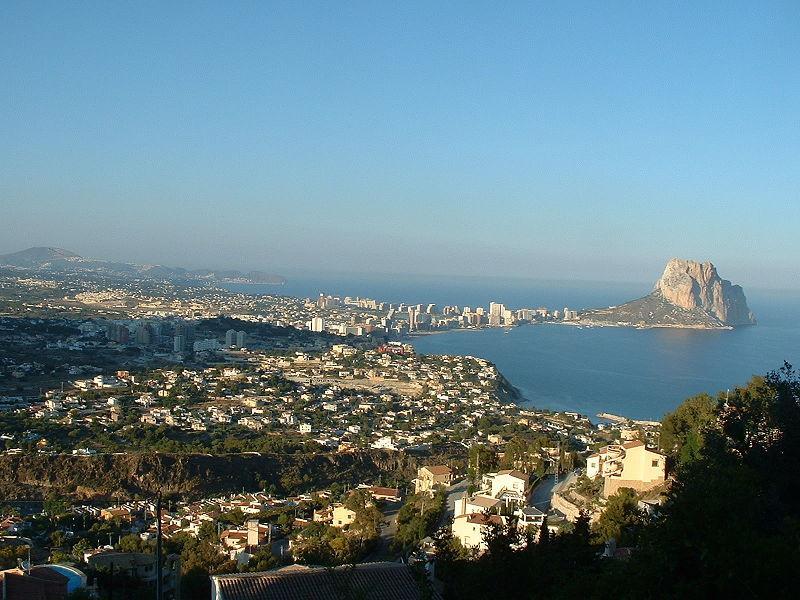 |
Hotel reservation near Benidorm within a radius of 20 km
Why to book with ROTAS TURISTICAS
The best prices
Our partnerships with the world´s largest operators offer research on the best market prices.
More options
At Rotas Turisticos you can book the hotel, buy the air ticket, book the transfer from the airport to the hotel and vice versa, book the local excursions, rent the car, take travel insurance and consult the places to visit and where to go.
Holiday Tips & Destinations
Hundreds of holiday destinations with all the options that allow you to easily choose the destination that best suits your dream vacation.
ROTAS TURISTICAS
Links


